Home>Home Appliances>Laundry Appliances>How Wide Is A Washing Machine
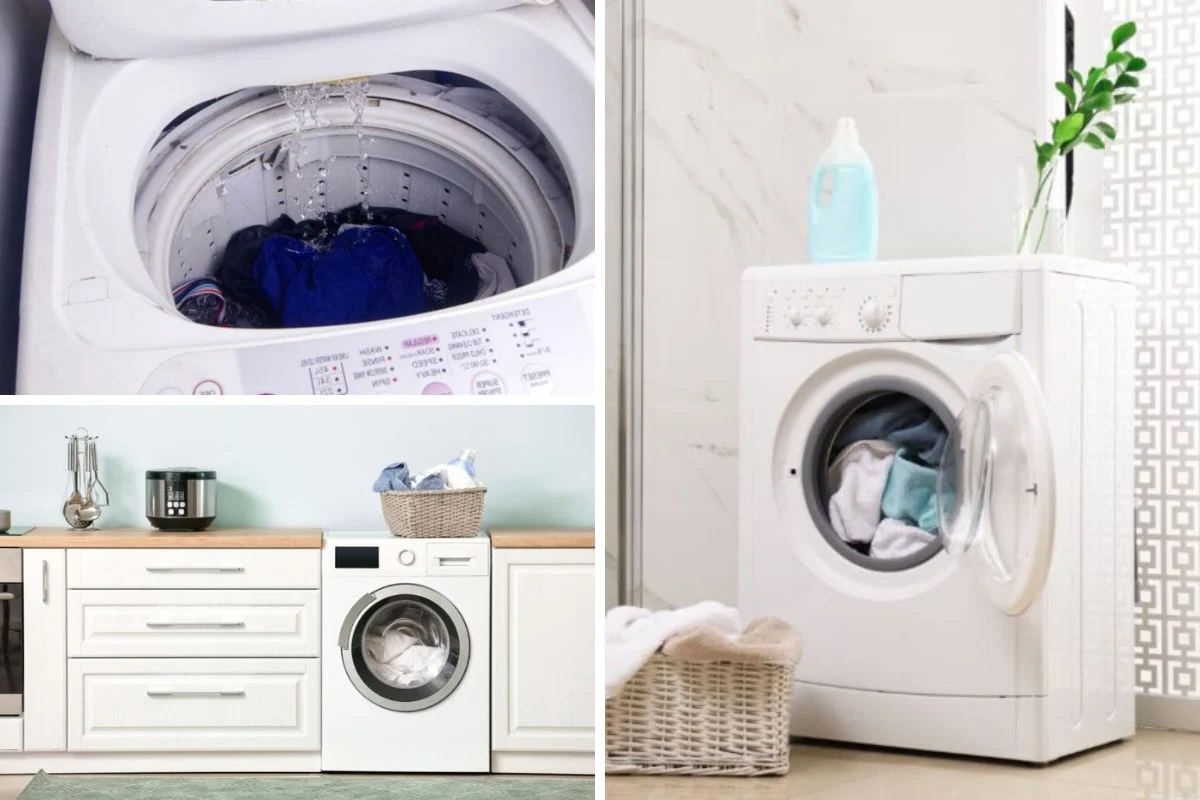

Laundry Appliances
How Wide Is A Washing Machine
Modified: March 2, 2024
Discover the dimensions of a washing machine and find the perfect fit for your laundry room. Learn about the width of laundry appliances. Explore more!
(Many of the links in this article redirect to a specific reviewed product. Your purchase of these products through affiliate links helps to generate commission for Storables.com, at no extra cost. Learn more)
Introduction
When it comes to purchasing a new washing machine, one of the crucial factors to consider is its width. The width of a washing machine not only determines how well it will fit into your laundry space but also impacts its capacity and functionality. Understanding the various dimensions of washing machines can help you make an informed decision that aligns with your specific needs and space constraints.
In this comprehensive guide, we will delve into the diverse widths of washing machines, ranging from standard to compact models. Additionally, we will explore the differences between front-loading and top-loading machines in terms of width, shedding light on the factors that come into play when measuring the width of a washing machine. Whether you are renovating your laundry room or seeking a new appliance to accommodate a smaller living space, this article will equip you with the knowledge needed to navigate the world of washing machine widths.
Let's embark on a journey through the dimensions of washing machines, unveiling the intricacies that define their form and function. Whether you're a seasoned homeowner or a first-time buyer, understanding the width of a washing machine is a fundamental step toward optimizing your laundry experience. So, let's roll up our sleeves and dive into the fascinating realm of washing machine dimensions.
Key Takeaways:
- Standard washing machines typically have a width of 27 inches for top-loading models and 24 to 27 inches for front-loading models, balancing capacity and space efficiency for most homes.
- Compact washing machines, with widths ranging from 18 to 24 inches, offer space-efficient laundry solutions for small living spaces without sacrificing capacity and efficiency.
Read more: How Wide Is A Standard Washer And Dryer
Standard Washing Machine Widths
Standard washing machines typically have a width that falls within a specific range, allowing them to fit seamlessly into most laundry spaces. The standard width of a top-loading washing machine is approximately 27 inches, while front-loading models typically measure around 24 to 27 inches in width. These dimensions are designed to accommodate the average laundry room or designated washing area within a home, providing a balance between capacity and space efficiency.
Top-loading washing machines, known for their traditional design, often feature a width of 27 inches, making them a popular choice for households with ample laundry room space. This width allows for a generous drum capacity, enabling users to wash larger loads of laundry without compromising on performance.
On the other hand, front-loading washing machines, renowned for their energy efficiency and advanced features, are available in varying widths within the 24 to 27-inch range. This versatility in width enables homeowners to select a front-loading model that best suits their space constraints while offering the desired capacity and functionality.
In the realm of standard washing machine widths, it's essential to consider the available space in your laundry area and the specific requirements of your household. By understanding the standard dimensions of both top-loading and front-loading washing machines, you can make an informed decision that aligns with your space and laundry needs.
Whether you opt for a top-loading model with a 27-inch width or a front-loading machine within the 24 to 27-inch range, standard washing machine widths are designed to cater to the diverse needs of modern households. As you venture into the realm of washing machine dimensions, the standard widths serve as a foundational element in the quest for an ideal laundry appliance that seamlessly integrates into your living space.
Compact Washing Machine Widths
Compact washing machines have emerged as a practical solution for homes with limited space, offering a convenient laundry solution without compromising on performance. These space-efficient appliances are designed to fit seamlessly into compact living spaces, making them an ideal choice for apartments, condominiums, and small laundry rooms. When it comes to the width of compact washing machines, they typically range from 18 to 24 inches, catering to the unique spatial constraints of modern living environments.
The compact nature of these washing machines allows for versatile installation options, including under-counter placement, closet integration, and even portable setups. With a width ranging from 18 to 24 inches, compact washing machines offer a streamlined footprint without sacrificing essential features and functionalities. This makes them an attractive choice for individuals seeking a laundry solution that harmonizes with their compact living arrangements.
Despite their reduced width, compact washing machines boast impressive capacity and efficiency, enabling users to tackle their laundry needs without compromising on performance. Whether it's a compact top-loading model with an 18-inch width or a front-loading machine measuring 24 inches across, these appliances are engineered to deliver a seamless laundry experience within constrained spaces.
The compact width of these washing machines also aligns with the growing trend of space-conscious living, where maximizing every square inch of living space is paramount. By offering a width range tailored to compact living environments, these appliances empower homeowners and renters to enjoy the convenience of in-home laundry facilities without the spatial limitations often associated with traditional washing machines.
In the realm of compact washing machine widths, the range of 18 to 24 inches exemplifies a commitment to innovation and adaptability, catering to the evolving needs of modern living spaces. Whether you reside in a cozy urban apartment or a compact suburban home, the compact width of these washing machines opens up new possibilities for integrating a vital household appliance into your living space seamlessly.
As you explore the world of compact washing machines, the diverse widths within the 18 to 24-inch range underscore the industry's dedication to providing practical and efficient laundry solutions for contemporary living environments. With their compact dimensions and robust capabilities, these washing machines stand as a testament to the convergence of space efficiency and functionality, redefining the boundaries of in-home laundry convenience.
When measuring the width of a washing machine, be sure to include any protruding knobs or handles. This will give you an accurate measurement for fitting the machine into your space.
Front-Loading vs. Top-Loading Widths
When comparing front-loading and top-loading washing machines, the width of the appliance plays a pivotal role in determining its compatibility with your laundry space. Front-loading machines, known for their horizontal drum orientation, typically offer a width range of 24 to 27 inches. On the other hand, top-loading washing machines, characterized by their vertical drum configuration, commonly feature a standard width of 27 inches. Understanding the distinctions between these widths is essential for selecting a washing machine that aligns with your space and laundry requirements.
Front-loading washing machines, with their narrower width range of 24 to 27 inches, are designed to accommodate diverse space constraints while delivering substantial capacity and advanced features. The compact nature of front-loading machines makes them an attractive option for homeowners seeking a space-efficient laundry solution without compromising on performance. The width range allows for flexibility in installation, enabling seamless integration into various laundry room layouts and configurations.
In contrast, top-loading washing machines, with their standard 27-inch width, offer a generous drum capacity and a traditional design that resonates with many households. The wider width of top-loading machines provides ample space for loading and unloading laundry, making them a popular choice for families with substantial laundry needs. Additionally, the wider width contributes to the ergonomic design of top-loading machines, enhancing user accessibility and convenience during the laundry process.
When considering the width of front-loading versus top-loading washing machines, it's crucial to assess your specific space constraints and laundry preferences. The narrower width range of front-loading machines caters to compact living environments, offering a harmonious blend of space efficiency and advanced functionality. In contrast, the wider width of top-loading machines emphasizes accessibility and capacity, making them an ideal choice for larger laundry rooms and households with extensive laundry demands.
Ultimately, the decision between front-loading and top-loading washing machines hinges on a careful evaluation of your space, laundry habits, and desired features. By understanding the implications of width in relation to these two types of washing machines, you can make an informed choice that optimizes both space utilization and laundry convenience.
As you navigate the realm of front-loading and top-loading washing machines, the width of each type serves as a defining factor in shaping the overall laundry experience. Whether you prioritize space efficiency, capacity, or ergonomic design, the width disparities between front-loading and top-loading machines underscore the diverse options available to meet your unique laundry needs.
Factors to Consider When Measuring Width
When measuring the width of a washing machine, several crucial factors come into play, influencing the appliance's compatibility with your laundry space and overall functionality. Understanding these factors is essential for making an informed decision that aligns with your specific needs and spatial constraints.
-
Available Space: The first and foremost consideration when measuring the width of a washing machine is the available space in your laundry area. It's imperative to assess the dimensions of the designated installation space, accounting for any surrounding obstructions, such as walls, cabinets, or countertops. By accurately measuring the available width, you can ensure that the chosen washing machine fits seamlessly into the allocated space, avoiding any potential installation challenges.
-
Door Clearance: Another critical factor to consider is the door clearance required for the washing machine to operate effectively. When measuring the width, it's essential to account for the space needed for the appliance's door to open fully without any obstructions. This ensures convenient access for loading and unloading laundry while maintaining optimal functionality.
-
Passageways and Pathways: If the washing machine needs to be maneuvered through narrow passageways or doorways during installation, it's vital to consider the width of these transitional spaces. Measuring the width of doorways and hallways ensures that the washing machine can be transported and installed without encountering spatial constraints.
-
Adjacent Fixtures and Appliances: Assessing the proximity of adjacent fixtures and appliances, such as sinks, dryers, and storage units, is crucial when measuring the width of a washing machine. Ensuring adequate clearance between the washing machine and surrounding fixtures prevents spatial conflicts and facilitates seamless integration within the laundry area.
-
Utility Connections: Measuring the width of the washing machine should also account for the proximity of utility connections, including water supply lines and drainage outlets. Adequate space must be allocated to accommodate these connections, ensuring convenient access for installation and maintenance while optimizing the overall functionality of the appliance.
-
Spatial Design and Layout: The overall spatial design and layout of the laundry area play a significant role in determining the ideal width of the washing machine. Whether it's a compact laundry closet, a spacious utility room, or a multifunctional laundry-bathroom space, understanding the spatial dynamics is essential for selecting a washing machine that harmonizes with the existing layout and enhances the overall functionality of the area.
By considering these factors when measuring the width of a washing machine, you can make a well-informed decision that optimizes both spatial utilization and appliance functionality. Whether you're integrating a standard or compact washing machine into your living space, a thorough assessment of these factors ensures a seamless and efficient laundry experience tailored to your specific needs.
Read more: How To Reset A Washer
Conclusion
In the realm of laundry appliances, the width of a washing machine stands as a defining factor that significantly influences its integration into a living space and its capacity to meet the diverse laundry needs of modern households. As we conclude our exploration of washing machine widths, it becomes evident that the dimensions of these appliances play a pivotal role in shaping the overall laundry experience.
From standard washing machines with widths ranging from 24 to 27 inches to compact models designed for space-efficient living environments, the diverse range of widths caters to a spectrum of spatial constraints and laundry requirements. The standard 27-inch width of top-loading machines embodies a traditional design that resonates with many households, offering generous capacity and user-friendly accessibility. On the other hand, the narrower width range of 24 to 27 inches for front-loading machines exemplifies a commitment to space efficiency without compromising on advanced features and functionality.
The emergence of compact washing machines, with widths spanning from 18 to 24 inches, reflects a paradigm shift toward versatile laundry solutions tailored to compact living spaces. These space-efficient appliances empower individuals residing in apartments, condominiums, and smaller homes to enjoy the convenience of in-home laundry facilities without the spatial limitations often associated with traditional washing machines.
As we navigate the distinctions between front-loading and top-loading washing machines, the width of each type emerges as a crucial consideration in aligning the appliance with specific space constraints and laundry preferences. Whether it's the compact width of front-loading machines catering to space-conscious layouts or the wider width of top-loading machines emphasizing capacity and accessibility, the dimensions of these appliances underscore the diverse options available to meet unique laundry needs.
In conclusion, the process of measuring the width of a washing machine encompasses a comprehensive assessment of available space, door clearance, passageways, adjacent fixtures, utility connections, and spatial design. By considering these factors, homeowners and renters can make informed decisions that optimize both spatial utilization and appliance functionality, ensuring a seamless and efficient laundry experience tailored to their specific needs.
As we bid adieu to our exploration of washing machine widths, it's evident that these dimensions transcend mere measurements, embodying a fusion of practicality, innovation, and adaptability. Whether it's the standard width of a top-loading machine, the versatile range of front-loading widths, or the compact dimensions of modern laundry solutions, the width of a washing machine serves as a gateway to a harmonious integration of form and function within the laundry space.
In the ever-evolving landscape of laundry appliances, the width of a washing machine stands as a testament to the industry's dedication to providing practical and efficient solutions that seamlessly integrate into the diverse tapestry of modern living environments. As homeowners and renters embark on their quest for the ideal washing machine, the dimensions of these appliances serve as a compass, guiding them toward a tailored laundry experience that harmonizes with their unique spatial constraints and lifestyle preferences.
Frequently Asked Questions about How Wide Is A Washing Machine
Was this page helpful?
At Storables.com, we guarantee accurate and reliable information. Our content, validated by Expert Board Contributors, is crafted following stringent Editorial Policies. We're committed to providing you with well-researched, expert-backed insights for all your informational needs.
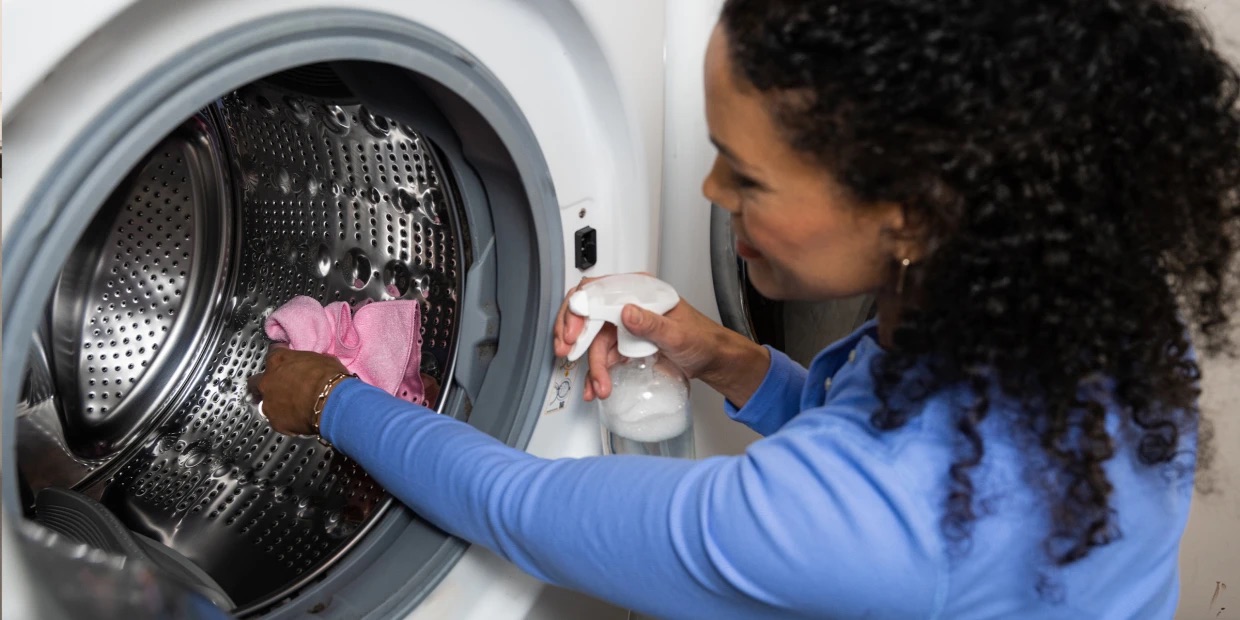

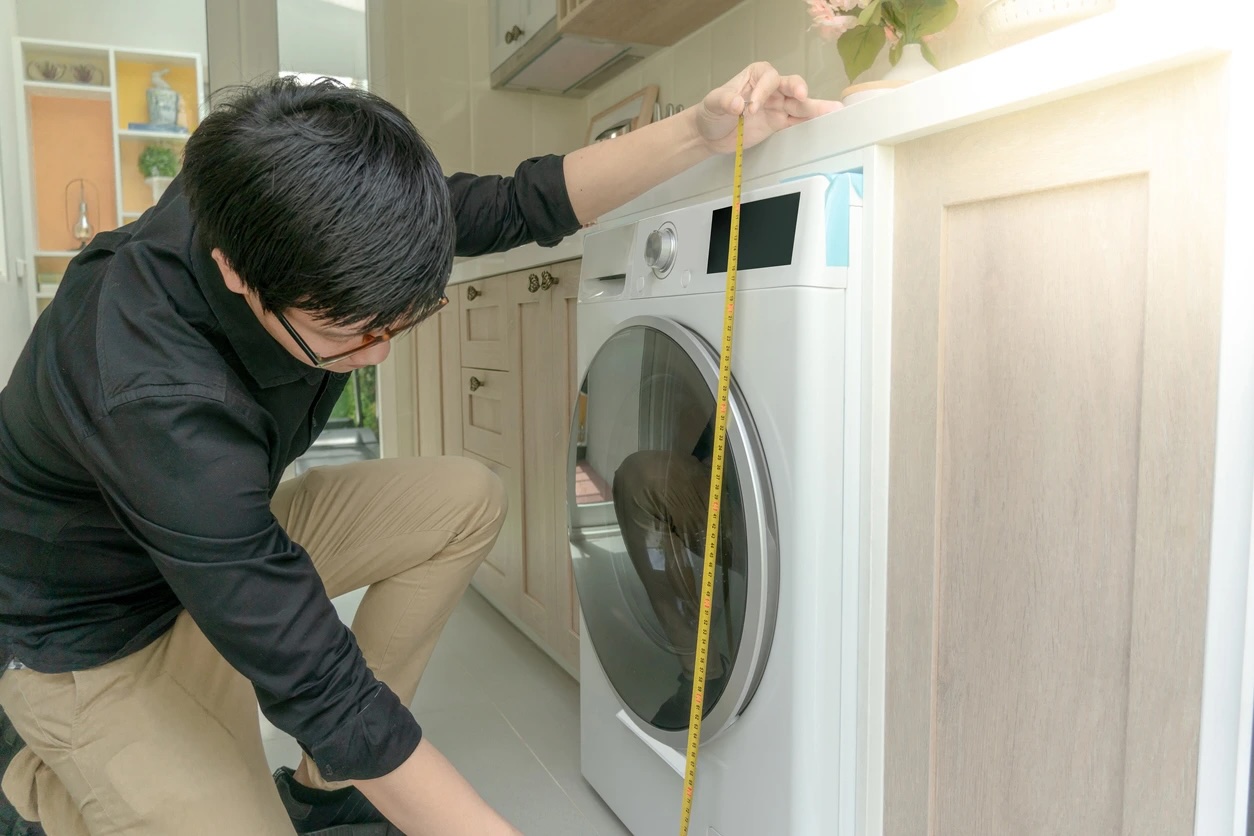
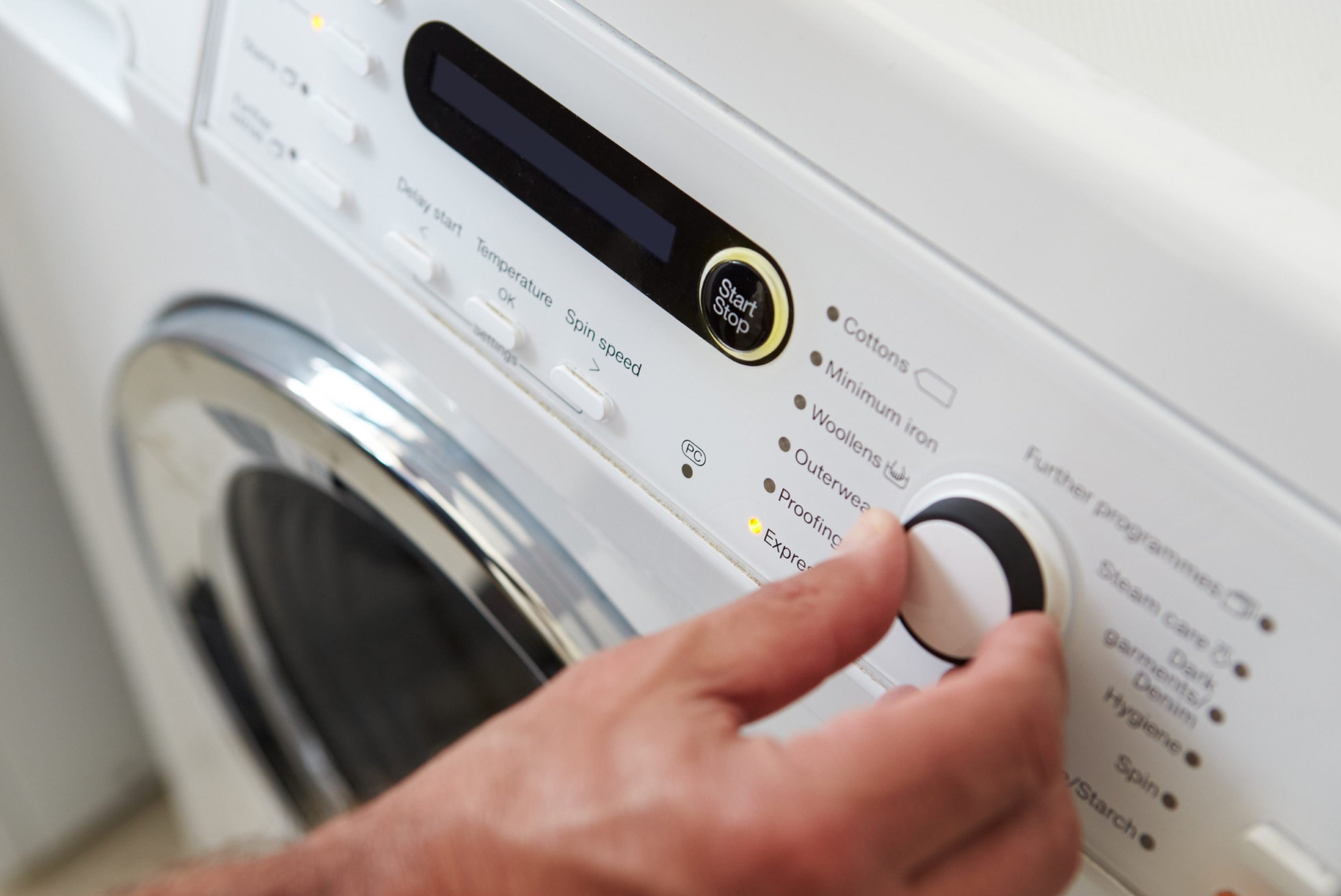
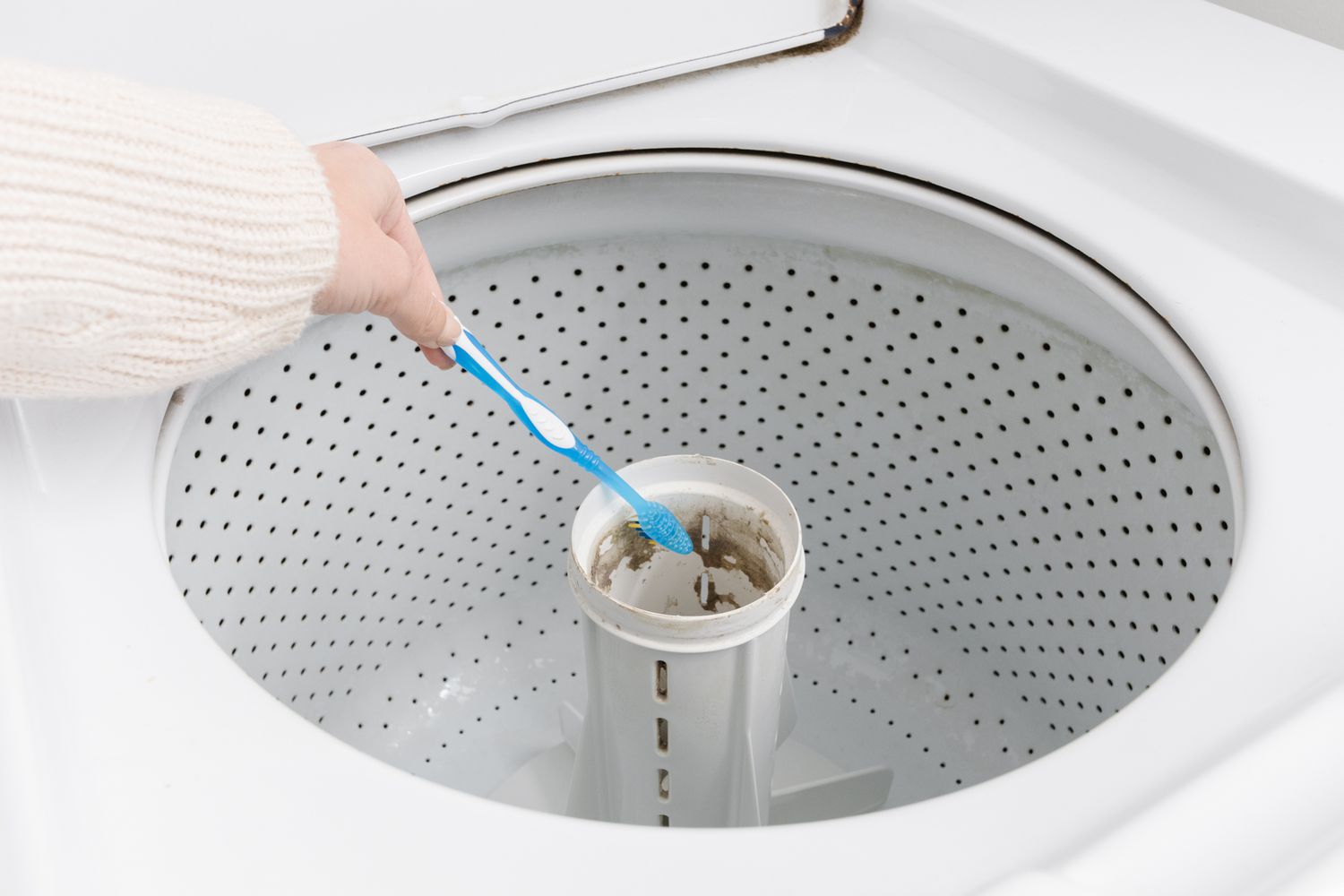


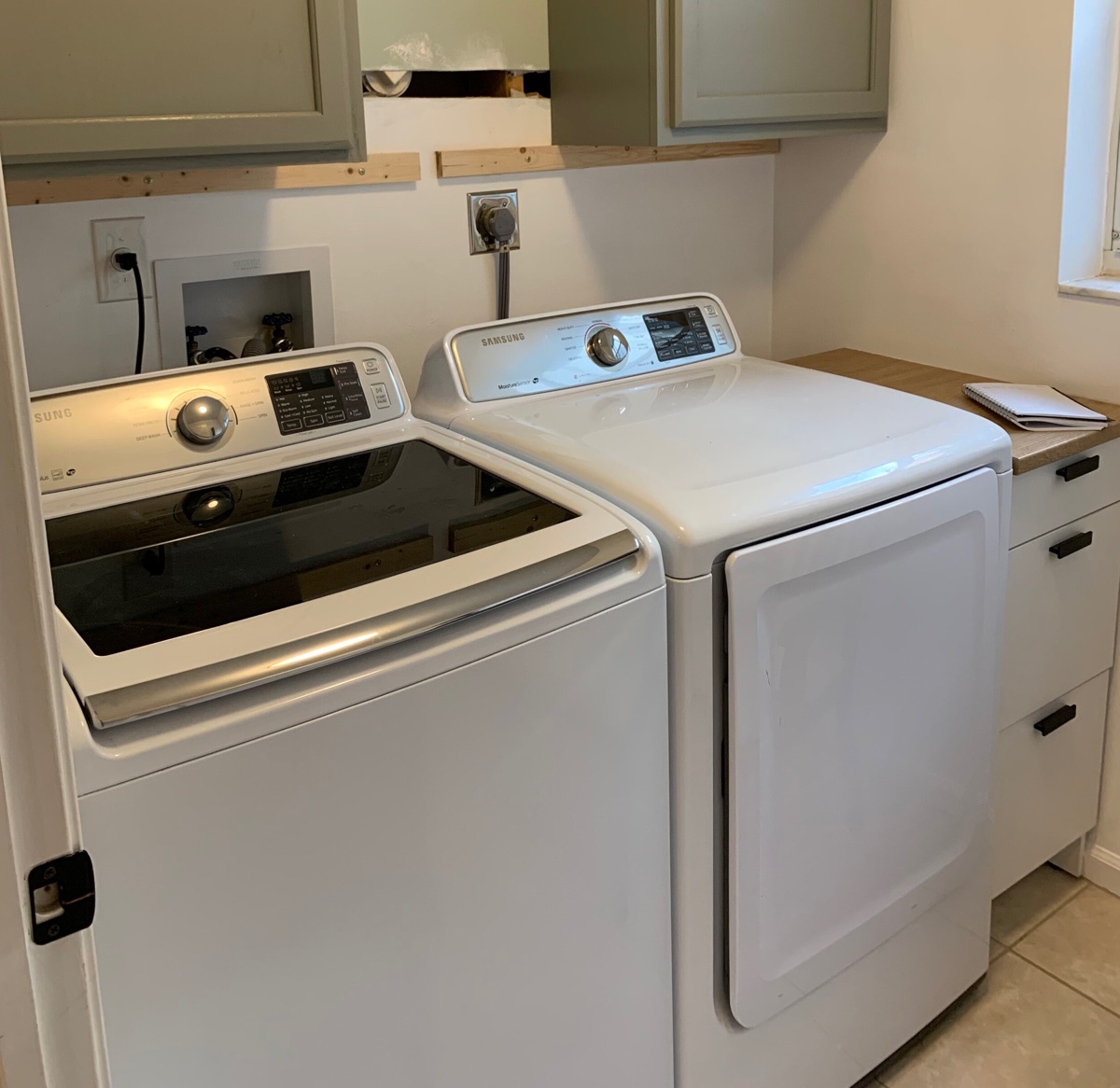
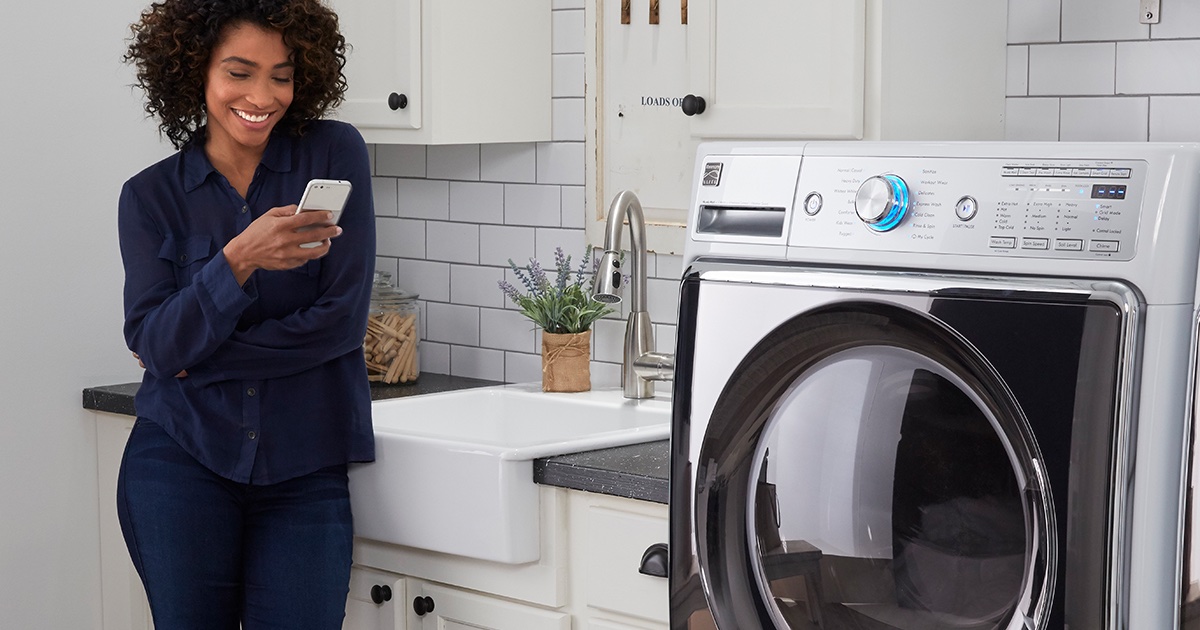
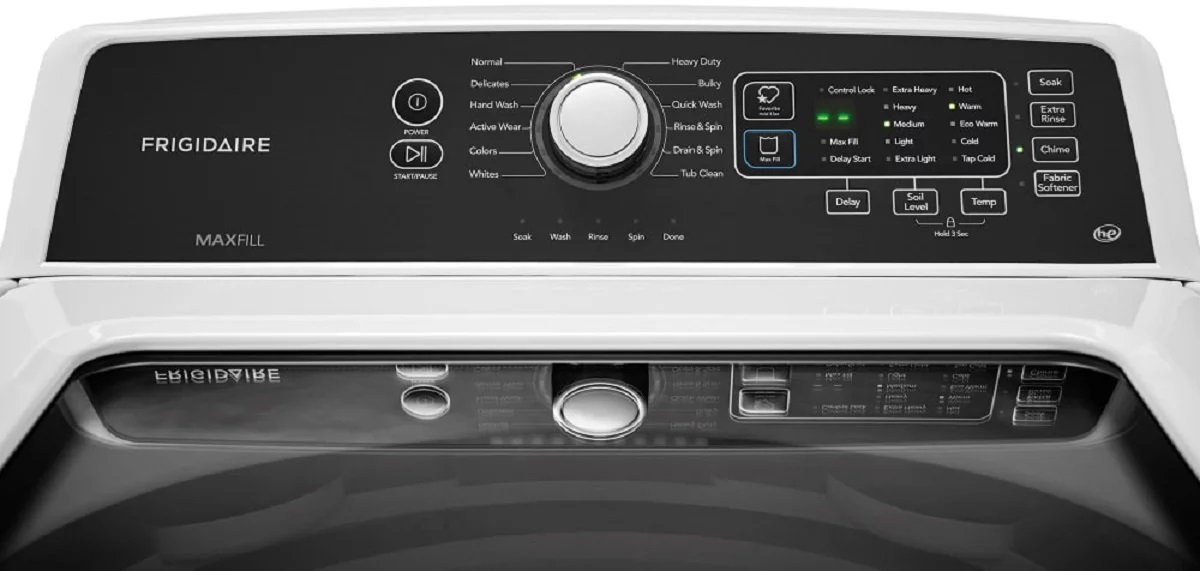
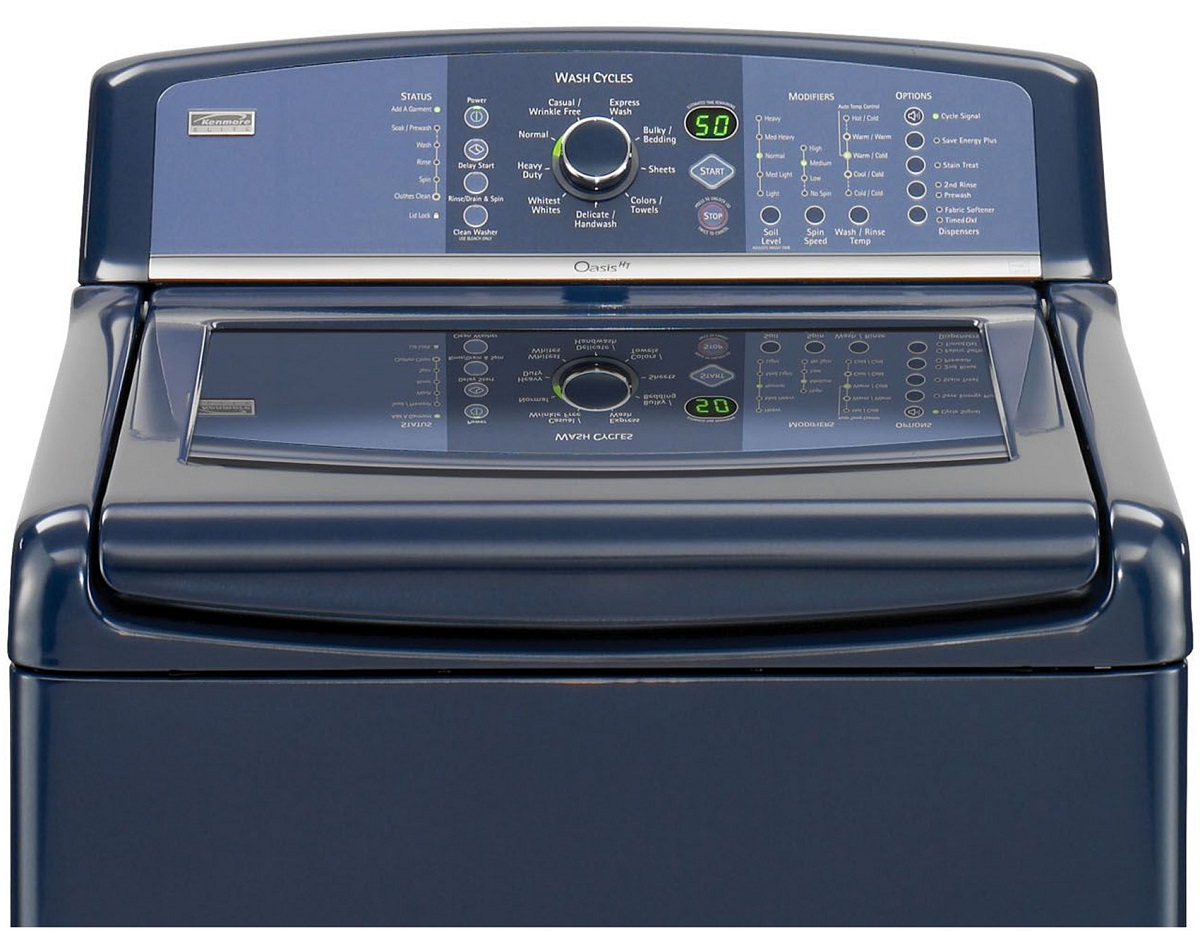
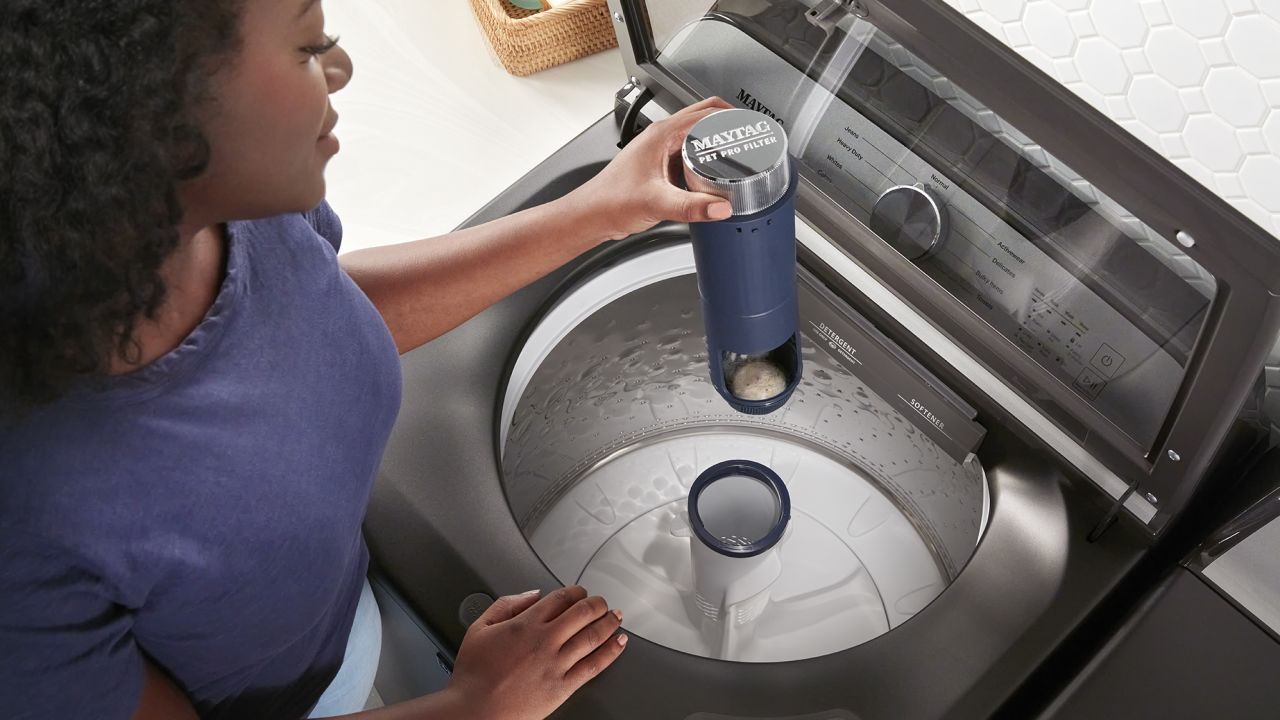

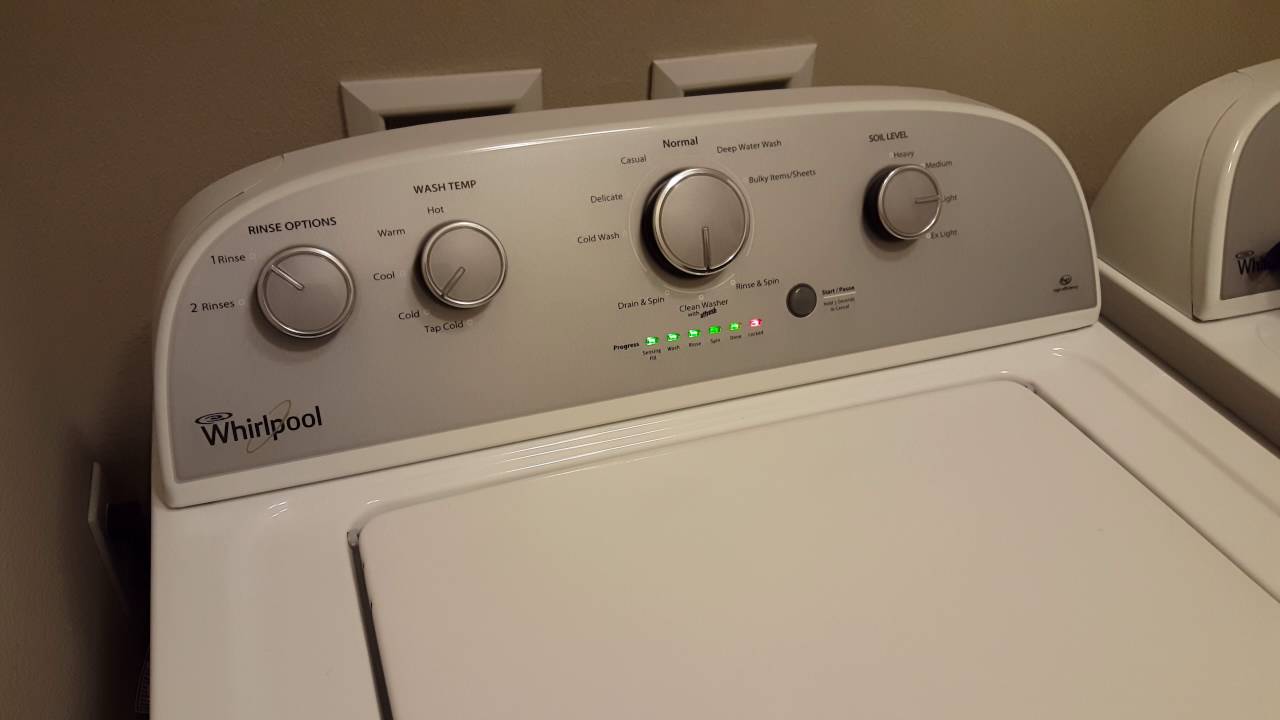

0 thoughts on “How Wide Is A Washing Machine”